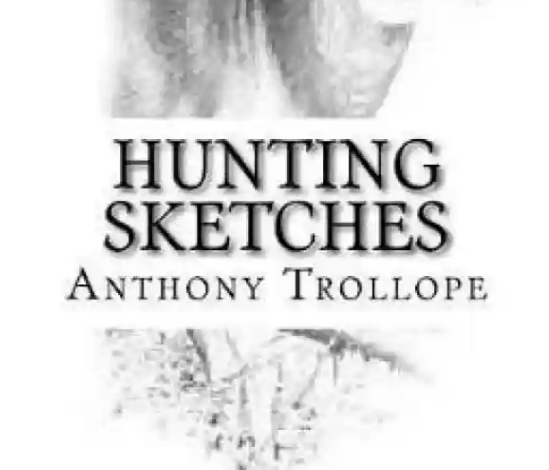The Master of Hounds
byIn this chapter titled The Master of Hounds, the narrative explores not just a figurehead in the hunt, but a symbol of enduring tradition and social stewardship. The keyword appears early to signal the central theme—how leadership within the hunting world has evolved and what traits define the modern custodian of this ancient rural institution. Rather than focusing on a caricature like Jorrocks, who filled the role from necessity rather than prestige, the chapter draws attention to the authentic master of hounds: a man of means, status, and deep-rooted commitment. This individual is not only financially capable but socially connected, often belonging to a lineage known in the county or having moved from urban wealth to rural respectability. His presence preserves continuity, binding landowners, riders, and villagers in a shared culture where sport is also community.
A successful master of hounds does more than own the title—he funds the tradition’s heartbeat. Kennels must be maintained, hounds well-fed, and hunt staff paid, and none of these can be covered by subscriptions alone. The text critiques those who try to economize, warning that thrift in this domain erodes the hunt’s efficiency and prestige. Much like a finely tuned machine, the hunt cannot run on minimal input; the master must give freely, not just for optics, but because the whole system leans on his generosity. This investment doesn’t merely buy prestige—it safeguards quality, morale, and continuity. Without it, hounds lose their edge, riders their trust, and the countryside its pulse on chilly autumn mornings.
Modern hunting, however, is no longer a feudal autocracy. While the master of hounds still commands immense influence, the role now invites greater transparency and collaboration. Subscription hunts ensure participants have a financial and emotional stake in the operation, making the master more like a chairman than a monarch. The balance is delicate—he must be firm but not dictatorial, decisive yet consultative. His success hinges not on issuing orders but on earning respect through sound judgment, diplomatic skill, and unflagging dedication to both the hunt’s tradition and its people. In this system, authority is earned rather than assumed, and leadership is measured not by distance from the field but by presence within it.
To lead a hunt is to juggle logistics and legacy. A master must be versed in animal husbandry, terrain management, local customs, and often even local politics. Permissions must be secured, schedules maintained, and injuries—both canine and human—handled with tact and immediacy. Beyond this, the role includes fostering goodwill: visiting tenant farmers, supporting local events, and responding swiftly to any grievances stirred by the hunt’s presence. Missteps reflect poorly not just on the master but on the sport as a whole, which increasingly faces scrutiny in the modern era. Thus, the master of hounds today must be part strategist, part ambassador, and part steward of both ecological and social balance.
There’s also the emotional intelligence that defines great leadership. A competent master reads more than maps and hound behavior; he reads people. He can sense when a fellow rider needs encouragement, when tensions among subscribers might flare, or when tradition risks turning into rigidity. Those who excel tend to share certain traits: a calm presence, clear communication, and the ability to inspire others to uphold the standards he sets. They lead by riding well, speaking wisely, and managing disputes without public spectacle. Their conduct reinforces that while the hunt may be a sport, it is also a reflection of community ethics and rural civility.
The hunt is, at its heart, a living organism of dogs, horses, and people moving in unison across changing landscapes. The master stands at its center, shaping its direction not with brute command but by embodying its spirit. This requires not just wealth and expertise but patience and care—a willingness to listen as much as to lead. The best masters are remembered not for their titles but for the atmosphere they fostered: respectful, daring, disciplined, and warm. In this way, the role becomes timeless, evolving with each generation yet always anchored in integrity, sportsmanship, and love for the land. For readers, this chapter is both a tribute and a guide—a look at what it means to wear the red coat not just as uniform, but as responsibility.

